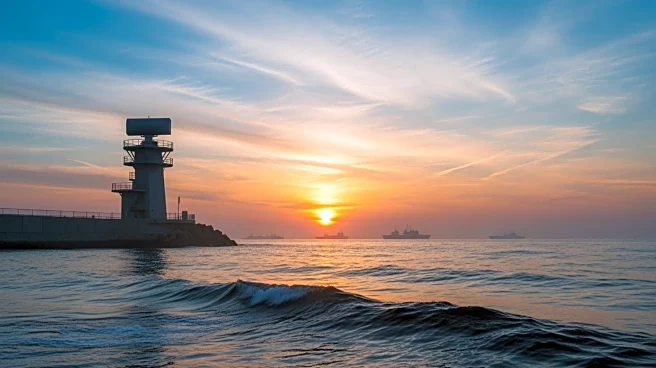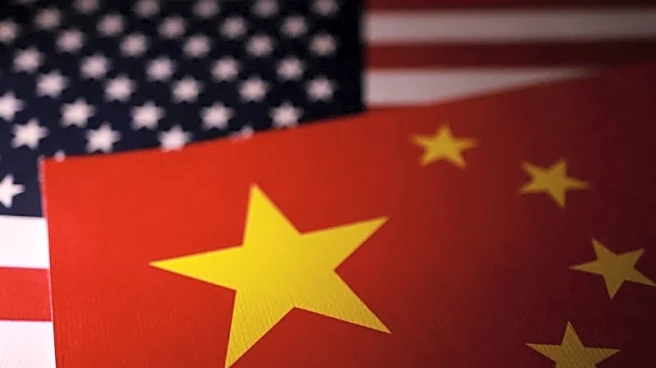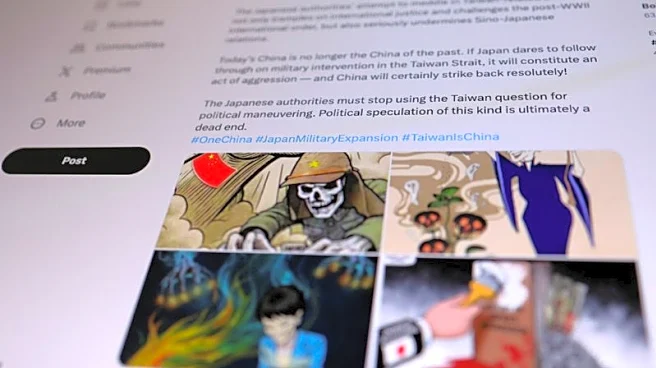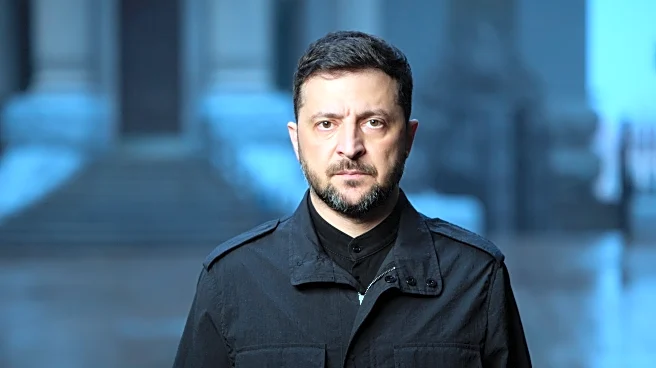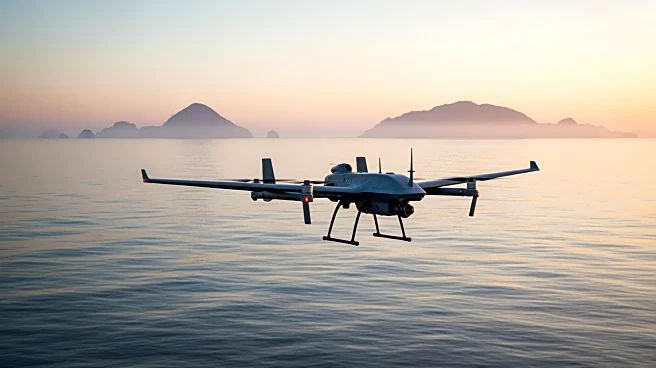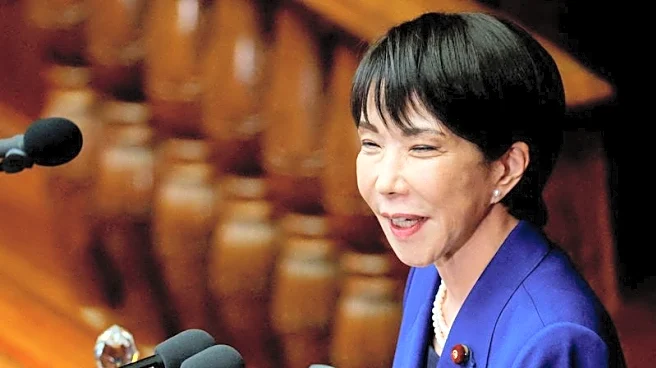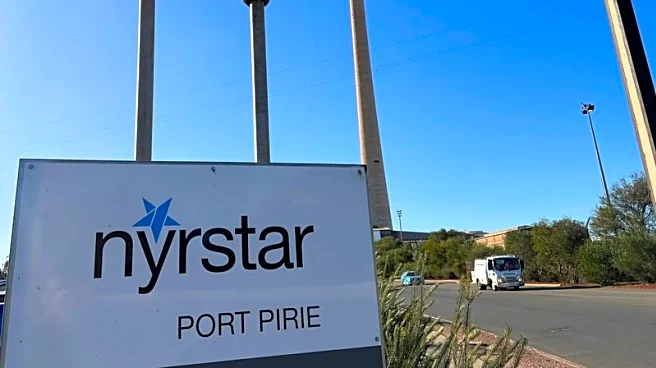What's Happening?
The United States and the Philippines have announced the formation of a joint task force aimed at deterring China's actions in the South China Sea. U.S. Defense Secretary Pete Hegseth and Philippine Defense Secretary Gilbert
Teodoro Jr. unveiled Task Force-Philippines during the ASEAN defense ministers' summit in Kuala Lumpur. The task force is designed to enhance the ability of U.S. and Philippine forces to respond quickly to Chinese activities in contested waters. It will consist of approximately 60 staff members and be led by a one-star general or flag officer. The initiative does not involve new combat forces or permanent military bases but aims to increase interoperability and preparedness for potential crises.
Why It's Important?
The establishment of Task Force-Philippines is significant as it represents a strategic move to counter China's influence in the South China Sea, a critical international shipping route. The task force enhances the U.S.-Philippine defense alliance, which has been in place since 1951, by allowing for real-time intelligence sharing and quicker response times to Chinese maneuvers. This development could stabilize the region by deterring aggressive actions from China, thereby protecting the interests of the Philippines and other Southeast Asian nations with overlapping claims. The task force also reassures both Manila and Washington of their mutual long-term military commitments.
What's Next?
The task force may face initial challenges as both countries work to integrate their operations effectively. China might test the task force's capabilities by increasing its patrols or obstructing Philippine supply ships, potentially escalating tensions. The U.S. and Philippines will need to navigate these challenges carefully to avoid accidents that could heighten regional tensions. The task force's success could lead to further U.S. logistical developments in the Philippines, enhancing the deterrence against China's actions.
Beyond the Headlines
The creation of Task Force-Philippines could influence the broader geopolitical landscape in Southeast Asia. It may prompt China to reassess its strategic policies in the region, potentially leading to increased military activities. The task force also reflects the current political climate under Philippine President Ferdinand Marcos Jr., who has strengthened ties with the U.S. compared to his predecessor. This initiative could be part of a broader effort to institutionalize security partnerships while the political environment is favorable.


